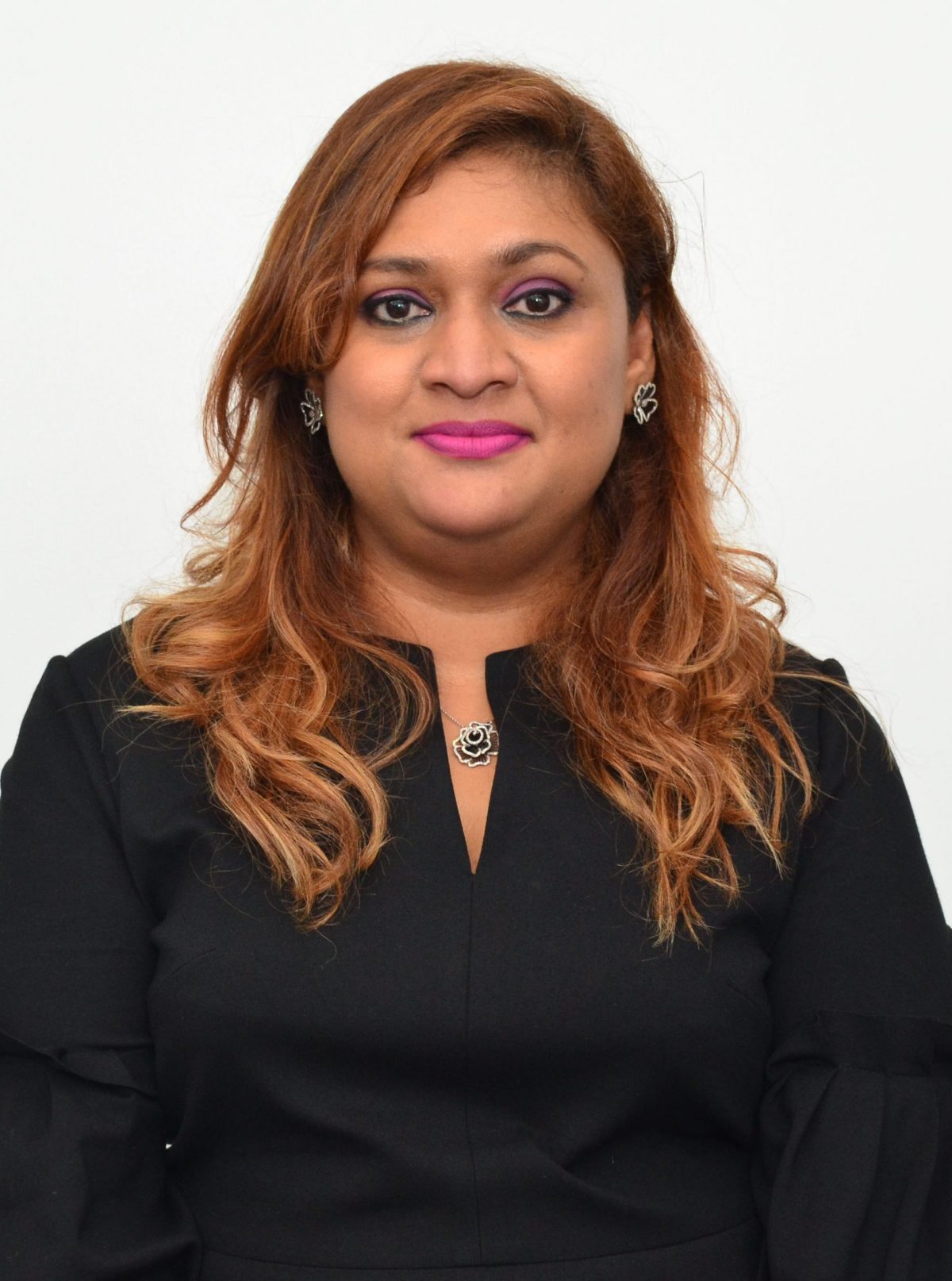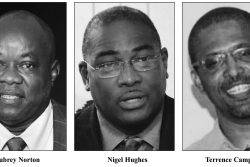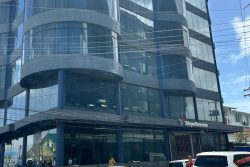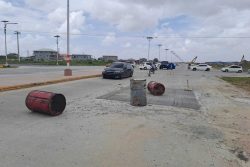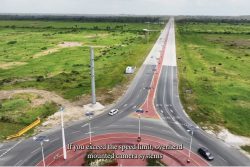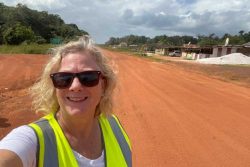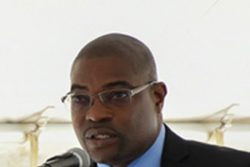The Ministry of Education has expended some $31 billion on infrastructural developments over the last four years.
“We spent 31,529,228,360. In new construction, 13 billion; reconstruction, 7 billion; major extension, 8 billion; major rehabilitation, 2 billion.” These sums include the building of new nursery, primary and secondary schools across the country”, Education Minister Priya Manickchand stated last Friday at her year in review press conference.
The Ministry added 37 new secondary schools to the existing 116, with plans to deliver universal secondary education by this year. According to Manickchand, the government’s move to construct these schools was marked by a severe shortage of space for students, also keeping in line with their promise to deliver universal primary, secondary and nursery education.
She said that when she took office she was informed by the then superintendent of exams that there was a pressing issue.
“You’re going to have some problems. We’re in the middle of COVID, I thought it was COVID problems, she said we’re about to announce these results, and we don’t have about 3,000 spaces for children in Georgetown and Region 3. We simply don’t have seats and spaces to put these children in. We don’t have it in Region 3, in Georgetown. So, we have to look for, you may remember, the tents at East Ruimveldt. You may remember, which is still happening, community centres at Patentia, looking to rent buildings in Vreed-en-Hoop. Right on the East Bank, as we speak, children are in primary tops.”
According to the United Nations, Guyana has already achieved universal primary education.
Responding to questions about whether universal secondary education would be achieved this year, she clarified that many schools would not be completed in time.
“A lot of them are slated for completion this year. As far as we are, we have one school more we need to do around the Vreed-en-Hoop area. You would be surprised to know we have the drawings, we have gone out, that entire process is finished. We can’t find land. So we’ve had three different locations for about three quarters of a year, trying to find land to put this school down on.”
She noted that despite the challenges, the goal was still within reach. “It should bring us to 100% universal secondary education access, but as I told you, the UN has said we have universal primary education. We’re not stopping. If we go to a small place that needs a primary school, and children are walking for four miles, we put them in the primary school.”
While universal secondary education may not be fully achieved by the end of this year, she remains confident that the efforts will result in 99.9% coverage. “Where there are large schools, the projects are longer, but we’re working towards completing them as soon as possible”, she said.
